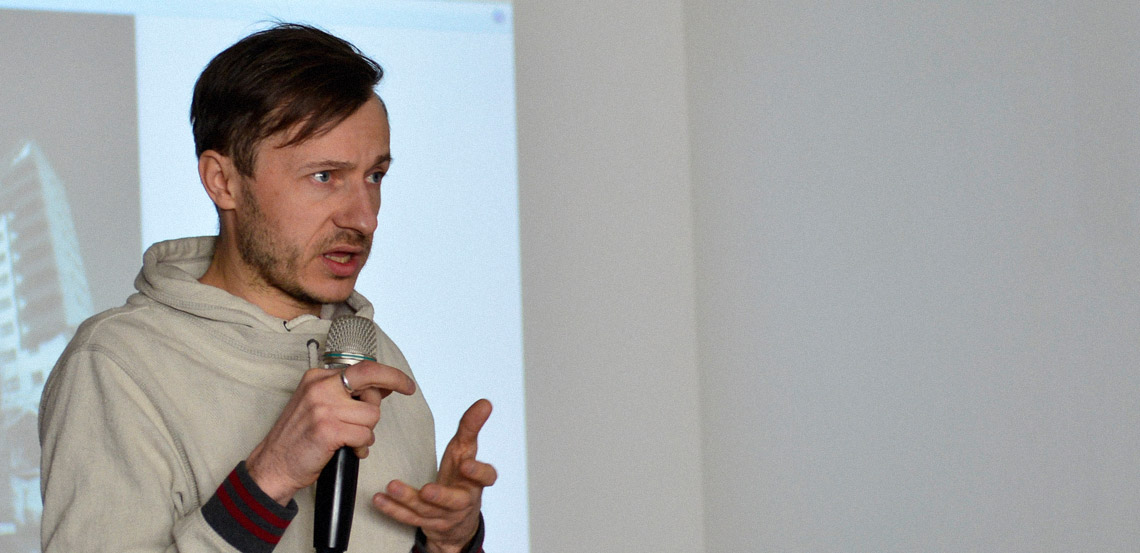CULTURAL FRAMEWORK OF THE CITY DONETSK

1 березня 2014 — 28 березня 2014
URBAN STRUCTURE
The project is based on the analysis of the real urban structure (US) of the city. In general US containes of buidings (U) and spaces (S).
There are many types of buildings and spaces. There are single buildings and groups of buildings (ensembles). We can divide this mass of concrete, iron, glass or wood into more complex formations, depends on what is the form and the function of the building. Morphology of US defines different types of buildings connected with particular space in very different ways.
The definition US describes as an entirety of spatial-physical elements as well as peculiarity of its functioning of location. Specifically – US is very complicated system that might be defined at least as political, economical, social and cultural environment of the society.
CULTURAL ENVIRONMENT
The role of cultural environment is crucial for the development of the city. It might be seen as a construction of buildings and spaces, it might be realized as cultural potential and cultural capital as well. Usually there are four sectors of cultural potential: cultural heritage; recreation and cultural tourism; creative industries; public spaces.
I CULTURAL HERITAGE POTENTIAL
Archeological objects and sites
Event-object
Monuments
Architectural objects and sites (buildings; complexes)
Cult objects (churches; chapels; monasteries; cemeteries)
II RECREATIONAL POTENTIAL
Water basins (rivers, ponds, lakes); greenery (woods, parks)
III CREATIVE and CULTURAL INDUSTRIES
TV and radio; design; publishing; architecture; advertising; cinema and films; music;
performing arts; crafts and arts; cultural centres; museums; libraries
IV PUBLIC SPACES
Piazzas; squares; streets; promenadas; embankments; courtyards.
Cultural Functions (CF)
The complex of Cultural Functions consists of:
I places
II objects
III phenomena
It might be interpreted as the most significant element of an urban structure, which manifests itself as the creative power of any metropolis, city or town. Places: the most stable elements of US. And biggest in size. It might be a territory (Montmartre in Paris) or a space (Trafalgar square in London). In Cultural Framework theory the concept of place used as
“storage of a collective values”.
Objects: the most significant and the most visible element within US and CF. There are many traditional objects that belongs to so-called cultural infrastructure of the city: a library, a museum, a cultural centre, a national gallery and so on. On the edge of postindustrial turn we can find a new-type of objects in the city: a shopping centre, a station, a church. They decribed as a “Hot spots” of the city.
Phenomena: the most contradictional element that doesn‘t belong to US, but rather might be seen as an add-on extension to traditional elements. It works in sense of event-maker. What the city as Paris might be without the Eiffel Tower and London – without the Big Ben? Every city is looking for a its “reprises of narratives”.